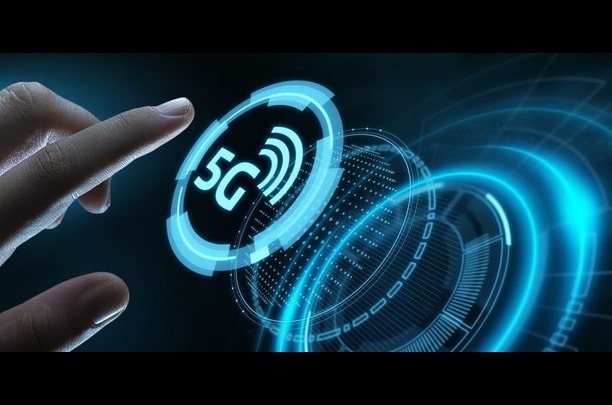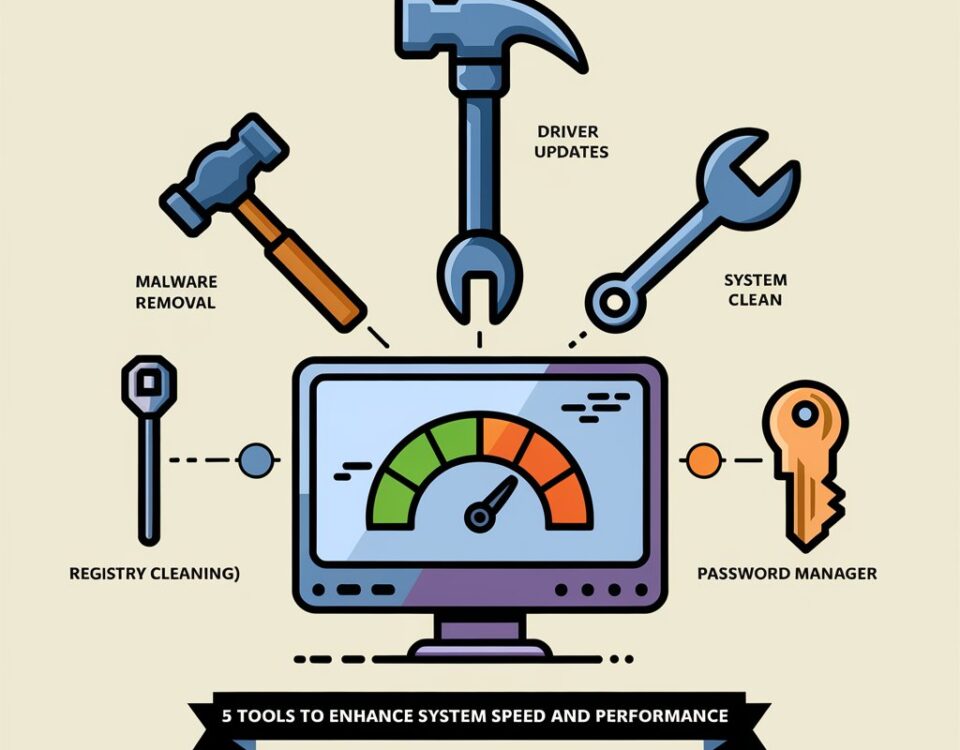
What is Blockchain and Cryptocurrencies? And How it Works?
September 6, 2024
Recent Celebrity Engagements and Weddings
September 6, 2024Keywords: 5G technology, future connectivity, high-speed internet, low latency, 5G networks, IoT, smart cities, next-generation communication
Introduction
The advent of 5G technology marks a significant milestone in the evolution of mobile communication. As 5th generation of wireless technology, 5G promises to revolutionize how we connect, communicate, and interact with the digital world. With faster speeds, lower latency, and the ability to connect a massive number of devices, 5G is poised to shape the future of connectivity. This article explores the fundamentals of 5G technology, its benefits, challenges, and its impact on future connectivity.
What is 5G Technology?
Keywords: 5G networks, next-generation communication, wireless technology
5G, or the fifth generation of mobile networks, is the latest advancement in wireless technology, designed to provide faster internet speeds, lower latency, and enhanced connectivity. Unlike its predecessors (3G and 4G), which primarily focused on improving mobile communication and internet speeds, 5G aims to connect everything from smartphones to smart cities, autonomous vehicles, and the Internet of Things (IoT).
- Higher Speeds: 5G networks can achieve speeds up to 10 Gbps, which is 100 times faster than 4G LTE.
- Low Latency: Latency in 5G can be as low as 1 millisecond, making real-time communication seamless.
- Massive Device Connectivity: 5G is designed to connect up to a million devices per square kilometer, enabling the growth of smart cities, IoT devices, and industrial automation.
Key Benefits of 5G Technology
Keywords: high-speed internet, low latency, enhanced connectivity, smart cities
5G technology offers several transformative benefits that have the potential to reshape industries and everyday life:
- Ultra-Fast Internet Speeds: 5G provides significantly faster download and upload speeds, enabling smoother streaming, faster file transfers, and seamless video conferencing.
- Reduced Latency: With near-zero latency, 5G allows for real-time communication, making it ideal for applications such as remote surgery, autonomous vehicles, and augmented reality (AR) and virtual reality (VR) experiences.
- Enhanced Connectivity: The ability to connect millions of devices simultaneously makes 5G the backbone for future smart cities and IoT ecosystems.
- Improved Network Efficiency: 5G networks use advanced technologies like beamforming and network slicing to optimize data transmission and provide a more efficient and reliable connection.
- Supports New Applications: 5G will enable the development of new applications and services, such as remote healthcare, smart manufacturing, and intelligent transportation systems.
How 5G Technology Works
Keywords: 5G spectrum, millimeter waves, small cells, massive MIMO
5G technology relies on a combination of new and existing wireless communication techniques to deliver its benefits:
- Millimeter Waves: Unlike 4G, which operates in the frequency range below 6 GHz, 5G uses higher frequency bands, known as millimeter waves (24-100 GHz). These frequencies provide more bandwidth but have shorter ranges.
- Small Cells: Due to the limited range of millimeter waves, 5G networks use small cell technology, which involves deploying small base stations closer together to ensure seamless coverage in urban areas.
- Massive MIMO (Multiple Input, Multiple Output): 5G networks employ massive MIMO technology, which uses multiple antennas to send and receive more data simultaneously, improving network capacity and efficiency.
- Network Slicing: 5G networks can be “sliced” into multiple virtual networks to cater to different applications and services, such as IoT, autonomous vehicles, and emergency services.
Impact of 5G on Future Connectivity
Keywords: future connectivity, IoT, autonomous vehicles, smart homes, smart cities
The implementation of 5G technology will have a profound impact on future connectivity, driving innovation across various sectors:
- Internet of Things (IoT): With its ability to connect a vast number of devices. 5G will accelerate the growth of IoT, enabling smart homes, smart factories, and connected healthcare systems.
- Autonomous Vehicles: Low latency and high-speed communication will facilitate the development of autonomous vehicles. Allowing them to communicate with each other and infrastructure in real-time for safer and more efficient transportation.
- Smart Cities: 5G will enable the deployment of smart city solutions, such as intelligent traffic management, energy-efficient buildings. And real-time surveillance systems, improving urban living standards.
- Remote Healthcare: The reliability and speed of 5G will make remote healthcare. More feasible, allowing doctors to perform remote surgeries, monitor patients in real-time, and provide timely consultations.
- Enhanced AR/VR Experiences: 5G will support high-quality augmented reality (AR) and virtual reality (VR) applications. Revolutionizing gaming, education, training, and remote collaboration.
Challenges and Concerns with 5G Technology
Keywords: security concerns, infrastructure cost, 5G rollout challenges
Despite its potential, the deployment of 5G technology faces several challenges:
- Infrastructure Costs: Deploying 5G networks requires significant investment in new infrastructure, including small cells, fiber-optic cables, and network equipment.
- Security Concerns: With more connected devices, 5G networks could become more vulnerable to cyberattacks, data breaches, and privacy issues.
- Spectrum Availability: The availability of spectrum for 5G deployment varies by region. And securing the necessary frequencies requires regulatory approval and coordination.
The Future of 5G Technology
Keywords: 5G adoption, next-generation communication, technological advancements
The future of 5G technology looks promising, with widespread adoption expected in the coming years. As countries and telecom companies continue to invest in 5G infrastructure, we can expect to see new applications and services emerge, transforming industries and improving our daily lives. The continued evolution of 5G technology will lay the foundation for the next generation of communication, paving the way for 6G and beyond.
Conclusion
5G technology represents a significant leap forward in mobile communication and connectivity. With its ultra-fast speeds, low latency. And ability to connect millions of devices, 5G is set to revolutionize industries, enable new applications, and drive the future of connectivity. However, to fully realize its potential, addressing the challenges related to infrastructure, security, and regulation will be crucial. As 5G continues to evolve, it will undoubtedly play a vital role in shaping a more connected and intelligent world.




